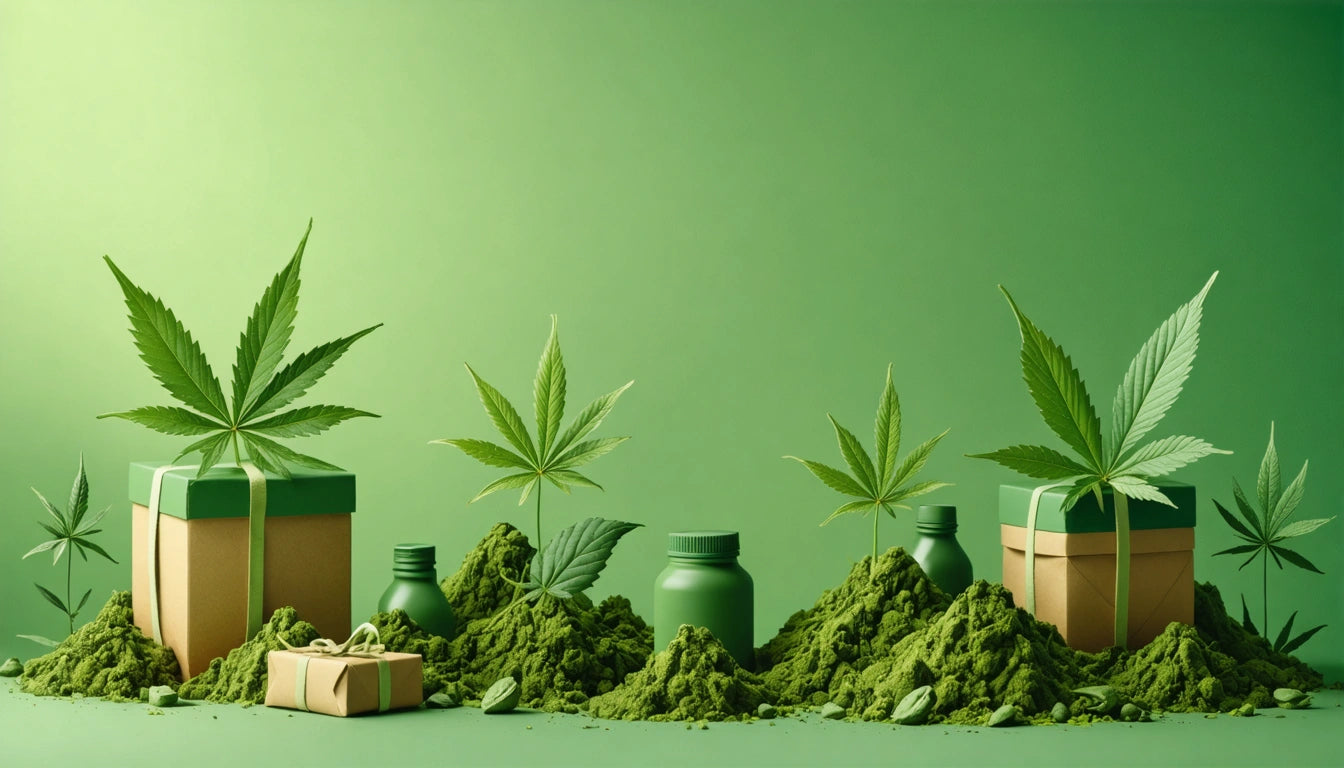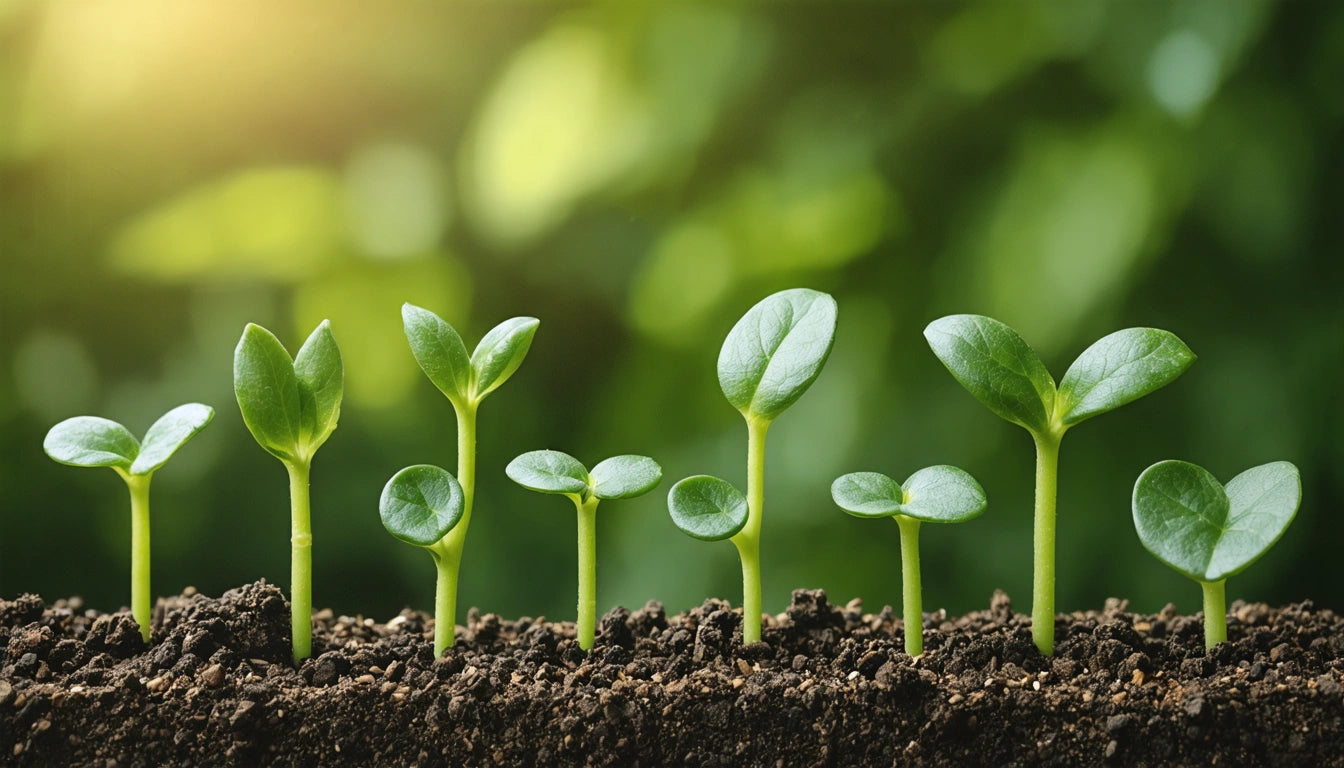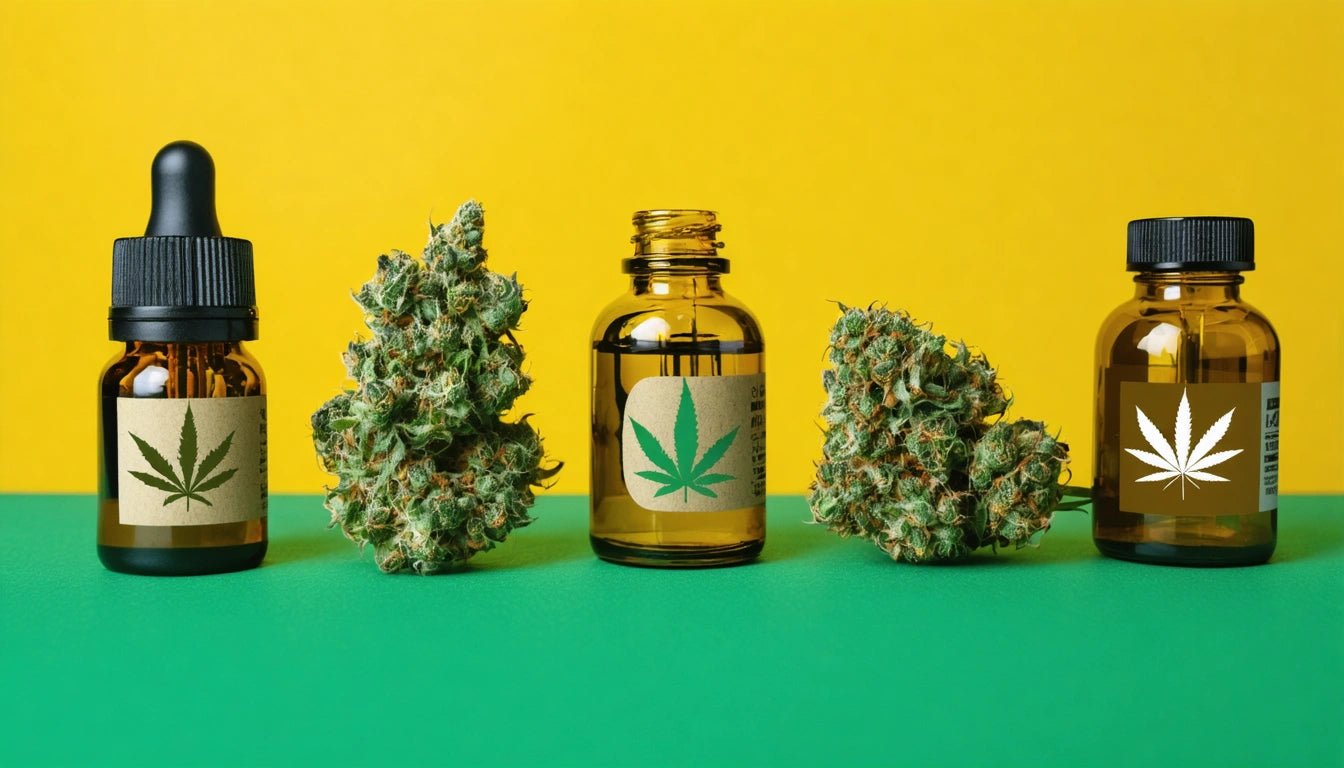Table of Contents
How Hemp Packaging is Competing with Traditional Plastics
As sustainability concerns grow across industries, hemp packaging has emerged as a promising alternative to traditional petroleum-based plastics. With properties that rival conventional materials and environmental benefits that appeal to conscious consumers, hemp-derived packaging solutions are gaining traction in multiple sectors, particularly within cannabis and hemp product markets.
Environmental Advantages of Hemp Packaging
Hemp packaging offers several environmental benefits compared to traditional plastics. According to sustainability research, hemp grows rapidly without requiring pesticides and can be harvested multiple times per year. This crop regenerates soil rather than depleting it, creating a positive agricultural footprint.
The biodegradability factor presents another significant advantage. While conventional plastics can take hundreds of years to break down, hemp-based plastics typically decompose within 3-6 months under proper conditions. This characteristic substantially reduces long-term environmental impact and addresses growing concerns about plastic pollution.
Carbon Footprint Comparison
Hemp cultivation actively sequesters carbon dioxide from the atmosphere, with each hectare capturing approximately 15 tons of CO2. In contrast, petroleum plastic production releases significant greenhouse gases at every stage of its lifecycle. This carbon difference makes hemp packaging an attractive option for brands looking to reduce their environmental impact.
Market Challenges and Cost Considerations
Despite its environmental advantages, hemp packaging faces several market hurdles. Current production costs remain higher than traditional plastics due to limited manufacturing infrastructure and economies of scale. As economic analysis shows, hemp packaging typically costs 25-35% more than conventional alternatives, creating adoption barriers for price-sensitive brands.
Supply chain development presents another challenge. Many companies struggle with building reliable hemp packaging supply chains that can meet volume demands consistently. This uncertainty often leads businesses to maintain traditional plastic options while exploring hemp alternatives gradually.
Practical Applications in the Cannabis Industry
The cannabis industry has emerged as an early adopter of hemp packaging solutions, creating a natural synergy between product and container. Specific applications include:
- Flower containers and pre-roll tubes
- Concentrate packaging
- Edible wrappers and boxes
- Shipping materials and exit bags
- Jar lids and closures for various products
For cannabis businesses seeking compliant packaging solutions, options like specialized closures and child-resistant caps are increasingly available in hemp-derived materials, allowing brands to maintain safety standards while embracing sustainability.
Performance Considerations
When comparing hemp to traditional plastics, performance characteristics become crucial for practical applications. Hemp packaging offers excellent tensile strength and durability for many uses, though moisture resistance remains a challenge for certain applications. Innovations in hemp-based bioplastics continue to address these limitations through composite formulations and manufacturing improvements.
Regulatory Landscape and Compliance
The regulatory environment significantly impacts hemp packaging adoption. While hemp cultivation was federally legalized in the 2018 Farm Bill, packaging regulations vary by product type and jurisdiction. For cannabis products specifically, packaging must meet child-resistance standards regardless of material composition.
FDA approval represents another consideration for hemp packaging used with consumable products. According to regulatory guidance, hemp packaging must demonstrate food safety compliance through testing and certification processes similar to conventional materials.
For hemp-derived cannabinoid products, proper labeling practices become particularly important, requiring clear distinction between hemp packaging materials and product contents to avoid consumer confusion or regulatory issues.
Future Innovations and Industry Adoption
The hemp packaging sector continues to evolve through technological advancements and increased investment. Emerging innovations include hemp-based bioplastic composites that combine hemp fibers with other biodegradable polymers to enhance performance characteristics while maintaining environmental benefits.
Consumer sentiment increasingly favors sustainable packaging options, with market research indicating that 64% of consumers are willing to pay more for products in environmentally friendly packaging. This trend suggests growing market opportunities for hemp packaging as awareness increases.
For businesses considering the transition, a gradual implementation approach often proves most effective. Starting with hemp-based secondary packaging or limited product lines allows companies to test market response and refine supply chains before full-scale adoption.
As production technology advances and economies of scale improve, hemp packaging is positioned to capture increasing market share from traditional plastics, particularly in industries where brand values align with sustainability and natural materials. The coming years will likely see continued innovation in hemp composite materials, manufacturing efficiency, and creative applications across multiple product categories.











Leave a comment
All comments are moderated before being published.
This site is protected by hCaptcha and the hCaptcha Privacy Policy and Terms of Service apply.